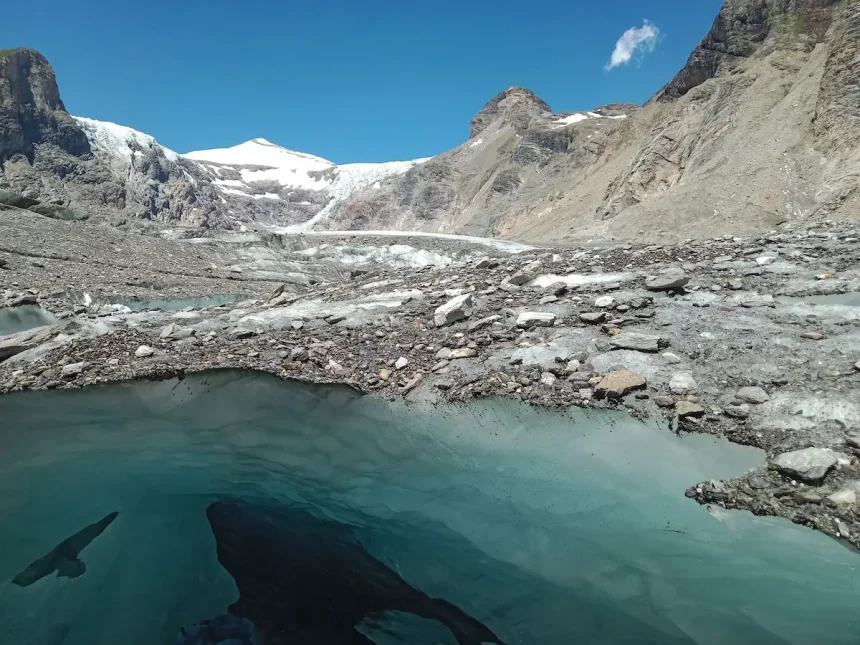Austria Will Be Ice-Free in Around 40 Years
The local glaciers can no longer be saved. The Pasterze has lost more than 200 meters in length in one year than ever before in recorded history.

The local glaciers can no longer be saved. The Pasterze has lost more than 200 meters in length in one year than ever before in recorded history.

